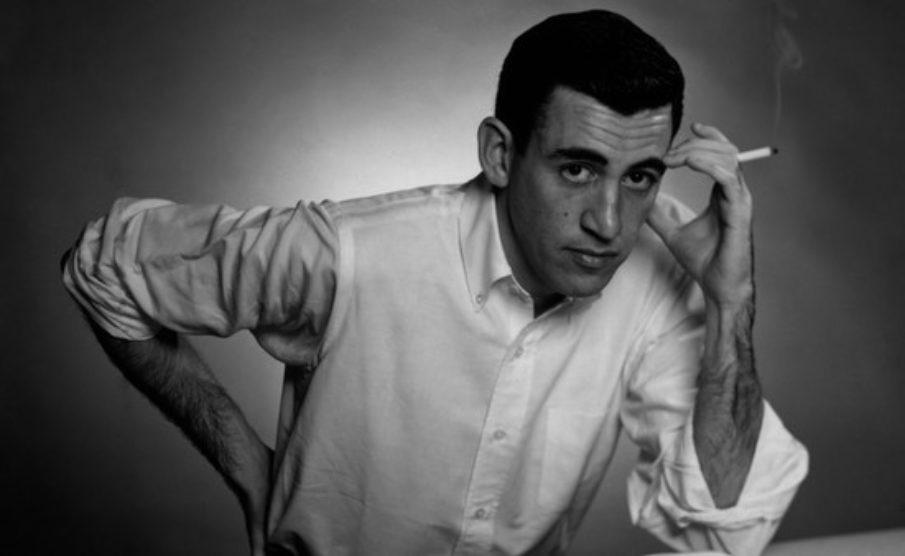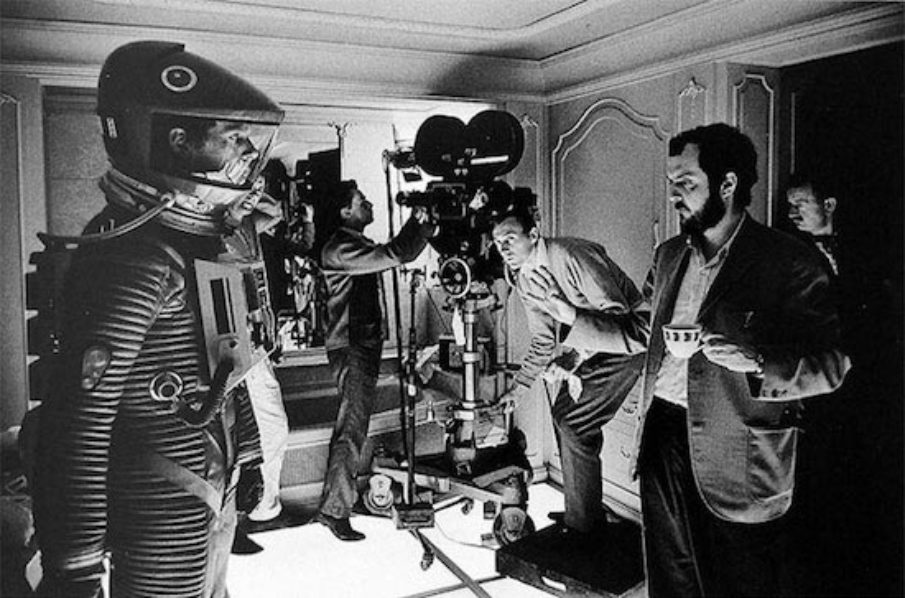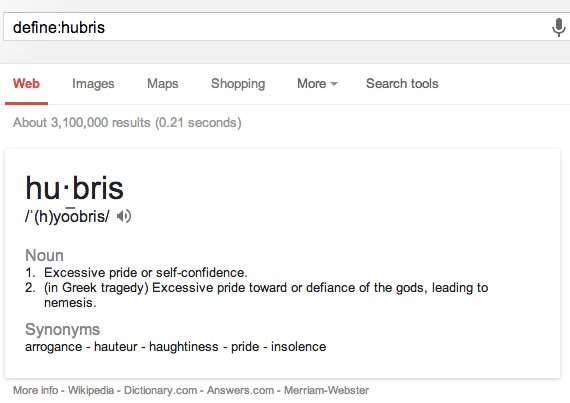J. D. Salinger only published four books in total. One novel (The Catcher in the Rye), one collection of two interlinked novellas (Franny and Zooey) and two collections of his short stories, yet he was one of the most influential and mysterious writers of the last 100 years. I recently watched a fabulous documentary on Salinger’s life titled just: Salinger (as of this writing, it is available for streaming on Netflix).
The documentary takes a deep look at what kind of man Salinger was, why he disappeared from public life 50 years ago (never to return), and what his writing meant to his readers. The most disturbing revelation (and not altogether surprising) is that Salinger saw himself “as” the character Holden Caulfield from Catcher in the Rye.
The man’s personal life was a bit of a disaster because he was seemingly unable to maintain a balance between his work and his relationships with others. But as I watched the documentary, I realized the “writing” side of Salinger’s life had much other writers can learn from.
1) Have the guts to tell the stories that matter:
You always hear the advice: write what you know. And while that advice is usually applied to writing about topics that the writer has first-hand knowledge of, it is equally as applicable to writing about feelings and ideas the writer has. Holden Caulfield’s worldview is obvious from the first sentence of The Catcher in the Rye. Salinger was able to dig deep and say things that mattered to people, that others could relate to, that put us right in the head’s of his characters.
2) Never stop writing:
Salinger’s last writing was published in the early 1960’s, yet he would live for another 50 years. What was he doing all that time? Well, living as far away from publicity as possible and writing. He set up a Trust before he died and has authorized it to release his writing at specific intervals (the first of which will be published next year). He wrote for himself, first and foremost. He continued to hone his craft. I can’t wait to read the work as soon as it starts getting published. Even without the possibility of publishing, he kept writing. He never stopped.
3) Never give up:
Salinger’s dream was to have a short story published in The New Yorker magazine. He spent years getting rejections, negative reactions to his work, and still he pushed on. He kept writing. As fast as he had a rejection letter in hand, he already had his next piece of work ready to submit. His total focus occupied achieving that goal and after almost 10 years of submissions and rejections, he was published to critical acclaim in The New Yorker with the story A Perfect Day for Bananafish (one of my all-time favorite short stories).
But for all of Salinger’s success as a writer, the publicity and rabid fandom drove him away from the spotlight and, in the end, from people in general. Director Wes Anderson (The Royal Tenenbaums, Moonrise Kingdom) is an unabashed fan of Salinger’s. In Anderson’s film (my personal favorite) Rushmore, one of the characters writes a quote into a book:
When one man, for whatever the reason, has the ability to lead an extraordinary life, he has no right to keep it to himself.
I thought of this quote at the end of the documentary and part of me wished Salinger had found the strength to handle his fame and be more prolific as a published author during his lifetime. At least, some of his work will see the light of day over the next few years. For all the ups and downs of his life, he truly is an inspiring writer.















